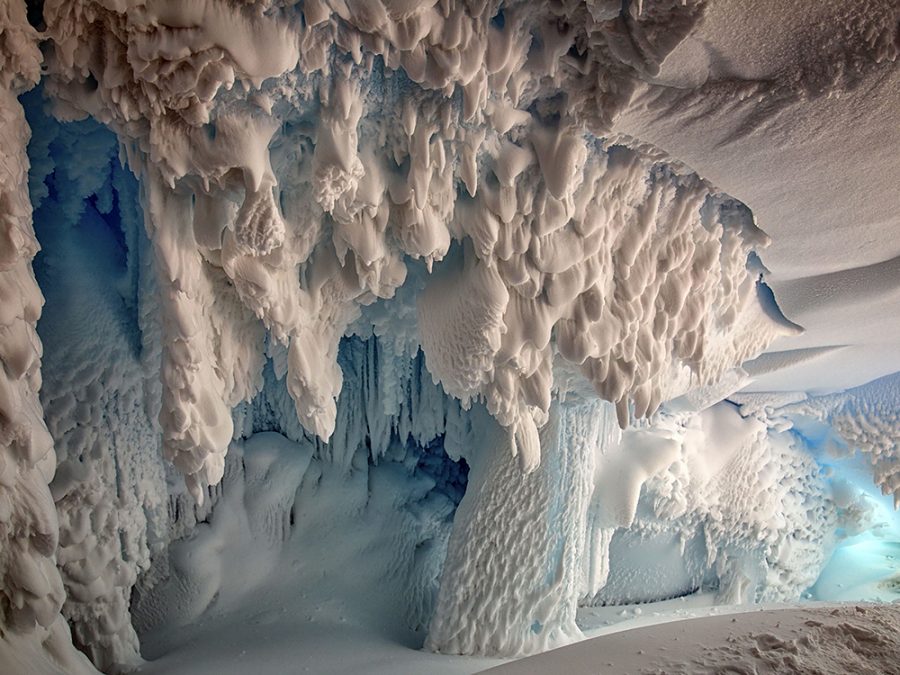Australian National University researchers along with colleagues from the University of Waikato in New Zealand announced on Thursday the discovery of DNA samples from potentially new species of plants and animals. The analysis was made around Mount Erebus, an active volcano beneath the ice of Antarctica’s Ross Island.
The team of scientists revealed their findings after conducting an extensive study around the unusual ecosystem for years, which led them from studying the area at a superficial level to conducting a forensic soil analysis in search of something more.
Discoveries like this make the scientific community realize how much is left to find out there, although it also raises concerns over the changing natural landscape. Climate change and other weather phenomena have a significant impact not only on the environment but also in the profession of science and research.
Unidentified species in Antarctica include plants and animals
The DNA samples sent to specialized laboratories around the world include those of algae, mosses, and small invertebrates, which largely constitute the fauna and flora of the nearly-barren corner of the world.
According to the researchers from New Zealand and Australia, they were expecting to get back results that confirmed some of the usual suspects they were waiting to find down there, but instead got a couple of unlisted organisms that matched nothing on record.
In this sort of environment, a discovery of that nature means a lot because of the extreme temperature and conditions that Antarctica goes through most of the year. Fauna has remained mostly unchanged in popular culture, and most new discoveries are related to the ocean depths rather than ice itself.
More cave systems may exist beneath the Antarctic ice
Ross Island is one of the many territories that together constitute Antarctica, and Mount Erebus is an active volcano that sits on top of it hiding many mysteries underneath. One of those secrets is an underground network of caves, carved out of steam over thousands of years.
It is precisely in these caves and tunnels where one of the most surprising ecosystems in the world is found. White halls and corridors where temperatures can reach a comfortable 25 °C, warm enough for people to be wearing a t-shirt and for animals to live just as they do in similar climates.
Light goes through the thin ice above and illuminates the caves in a way that night and day also occur naturally underneath. Scientists suggest that Mount Erebus might not be the only place where this happens and where new life forms might be found since there are more active and inactive volcanos in the iced wasteland.
Source: AFP


